Russia wants launch guarantees from Europe's Arianespace
Wednesday, 02 March 2022 18:17 Russia's space agency on Wednesday demanded legal guarantees from Europe's Arianespace and OneWeb that satellites Moscow is set to launch this year will not be used for military purposes.
Roscosmos also said demanded the British government had to give up its stake in OneWeb, a global satellite communications company, because of "Britain's hostile position on Russia".
The statement from t
Russia's space agency on Wednesday demanded legal guarantees from Europe's Arianespace and OneWeb that satellites Moscow is set to launch this year will not be used for military purposes.
Roscosmos also said demanded the British government had to give up its stake in OneWeb, a global satellite communications company, because of "Britain's hostile position on Russia".
The statement from t Moon impact: Chinese rocket stage still in space says U.S. Space Command
Wednesday, 02 March 2022 15:55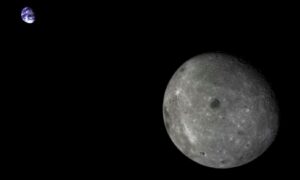
A spent rocket upper stage from China’s 2014 Chang’e-5 T1 mission thought set to impact the moon did not reenter the atmosphere as previously stated, according to U.S. Space Command.
The post Moon impact: Chinese rocket stage still in space says U.S.
The exact point of the moon's south pole
Wednesday, 02 March 2022 13:35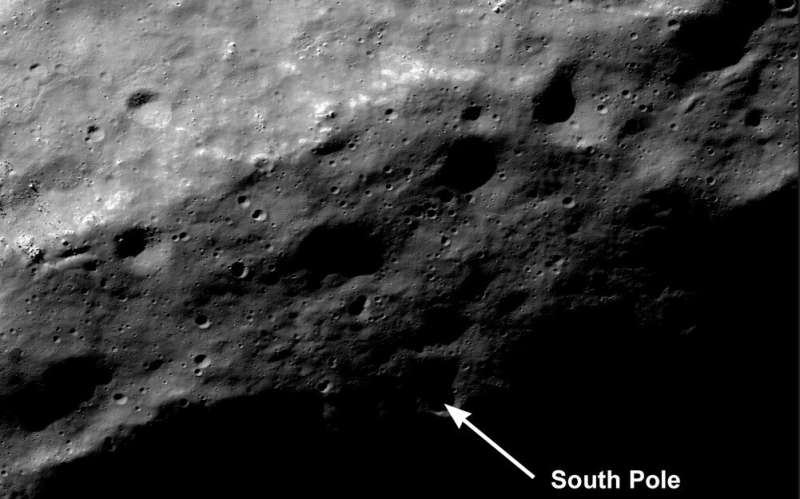
Since 2009, the Lunar Reconnaissance Orbiter (LRO) has been taking high-resolution pictures of the lunar surface. This data, along with the information from a laser altimeter mapping instrument has allowed scientists to create an incredibly detailed map of the moon. NASA says they can now confidently pinpoint any feature on the moon, including the exact location of its south pole.
Whenever humans return to the moon, a detailed "roadmap" will be extremely helpful for astronauts to accurately find their way.
Rogozin puts poison-pill conditions on OneWeb Soyuz launch
Wednesday, 02 March 2022 13:34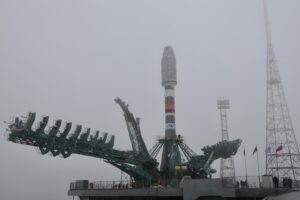
This week’s Soyuz launch of a set of OneWeb satellites has been thrown into doubt after Russia made new demands on the company.
The post Rogozin puts poison-pill conditions on OneWeb Soyuz launch appeared first on SpaceNews.
Russian sanctions throw South Korean satellite missions into uncertainty
Wednesday, 02 March 2022 12:43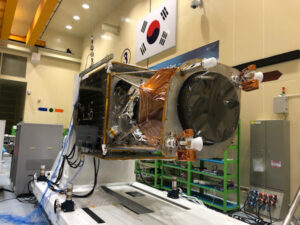
South Korea, at least for now, is pushing forward with its planned launch of two satellites on Russian rockets this year. Still, it doesn’t rule out the possibility that the missions could be delayed due to sanctions imposed on Russia for invading Ukraine.
CesiumAstro raises $60 million in Series B funding round
Wednesday, 02 March 2022 12:30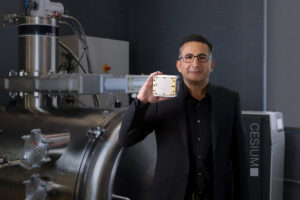
CesiumAstro Inc. raised $60 million in a Series B funding round led by Airbus Ventures and Forever Ventures.
The post CesiumAstro raises $60 million in Series B funding round appeared first on SpaceNews.
Satellites support latest IPCC climate report
Wednesday, 02 March 2022 12:10
Human-induced climate change is causing dangerous and widespread disruption in nature, affecting the lives of billions of people around the world, according to the latest state of the climate report by the Intergovernmental Panel on Climate Change (IPCC) published this week.
The report utilises satellite observations as crucial input, including several long-term datasets of key aspects of the climate, known as Essential Climate Variables, generated via Europe’s leading research teams working as part of ESA’s Climate Change Initiative.
Future astronauts might be able to 3D print their own spacesuits and parts as needed
Wednesday, 02 March 2022 11:59
One of the best motivators to solve a problem is to experience it yourself. Dr. Bonnie Dunbar happened to have just such an experience. She is a former NASA astronaut and is now a professor of Aerospace Engineering at Texas A&M. While she was in the astronaut corps, she realized that some of her fellow astronauts couldn't fit in an extra vehicular activity suit—more commonly known as a spacesuit. So she decided not only to create one for the individuals with the original problem but to create a process by which any other astronaut launched on any future mission can have a spacesuit tailored to their own specific body. And now, her former employer (NASA) is funding her and her lab to complete a feasibility study of this customization process as part of the recently announced NASA Institute for Advanced Concepts (NIAC) program.
Dr. Dunbar's submission, known as The Spacesuit Digital Thread, received $175,000 to fund the research over the next nine months.
Romania signs the Artemis Accords
Wednesday, 02 March 2022 11:32
Romania became the 16th country to sign the NASA-led Artemis Accords for cooperation in space exploration March 1.
The post Romania signs the Artemis Accords appeared first on SpaceNews.
Congress presses NASA for more details on Artemis costs and schedules
Wednesday, 02 March 2022 09:42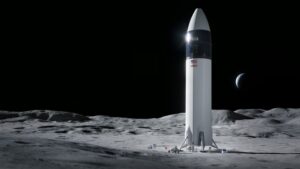
Members of Congress, concerned about growing costs and slipping schedules, pressed NASA for more details about the management and overall strategy of the agency’s Artemis lunar exploration plan.
The post Congress presses NASA for more details on Artemis costs and schedules appeared first on SpaceNews.
Revised flight plan brings change for Samantha
Wednesday, 02 March 2022 09:00
In May 2021 it was announced that ESA astronaut and Dragon Crew-4 mission specialist Samantha Cristoforetti would serve as Commander of International Space Station (ISS) Expedition 68a.
As part of normal vehicle scheduling, the Space Station flight programme was recently updated adjusting the upcoming crew rotation for Crew-4 and Crew-5, resulting in a shorter mission for Crew-4. ISS Expedition 68 will now take place after Samantha’s departure from the Station.
Space junk on 5,800-mph collision course with moon
Wednesday, 02 March 2022 07:53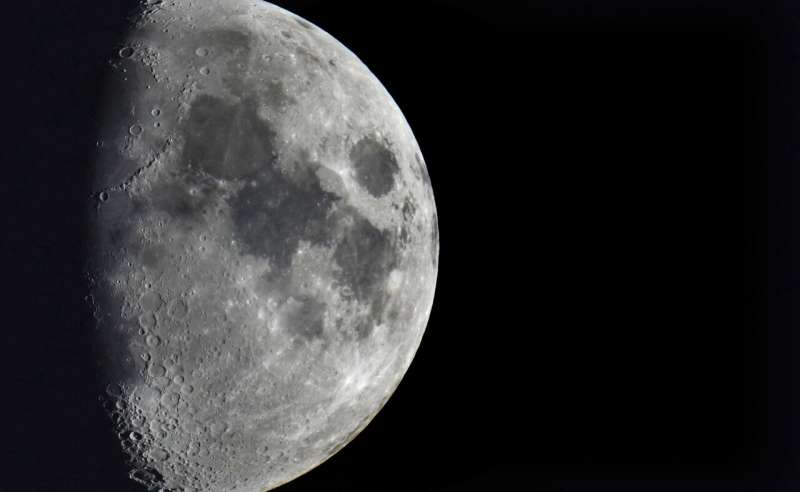
Weather satellite rockets to orbit to monitor US West
Wednesday, 02 March 2022 07:52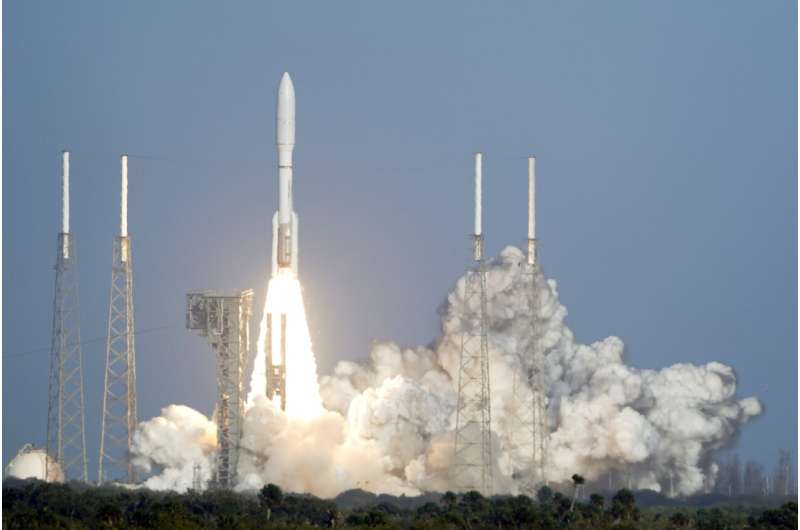
America's newest weather satellite blasted off Tuesday to improve wildfire and flood forecasting across the western half of the country.
Northrop Grumman wins SDA contract in development of Joint All-Domain constellation
Wednesday, 02 March 2022 07:43 Northrop Grumman has received an award with a potential value of $692 million from the Space Development Agency (SDA) to produce and field an innovative, proliferated constellation of 42 low-Earth orbit (pLEO) satellites for the Tranche 1 Transport Layer (T1TL) mesh satellite communications network.
T1TL will provide resilient, low-latency, high-volume data transport supporting U.S. milita
Northrop Grumman has received an award with a potential value of $692 million from the Space Development Agency (SDA) to produce and field an innovative, proliferated constellation of 42 low-Earth orbit (pLEO) satellites for the Tranche 1 Transport Layer (T1TL) mesh satellite communications network.
T1TL will provide resilient, low-latency, high-volume data transport supporting U.S. milita North Korea claims latest missile launch was spy satellite test
Wednesday, 02 March 2022 07:43 North Korea said Monday that it successfully conducted a test of a "reconnaissance satellite" over the weekend in a launch of what the South Korean and Japanese militaries described as a ballistic missile.
The test helped "confirm the characteristics and working accuracy of high-definition photographing system, data transmission system and attitude control devices," according to a brief re
North Korea said Monday that it successfully conducted a test of a "reconnaissance satellite" over the weekend in a launch of what the South Korean and Japanese militaries described as a ballistic missile.
The test helped "confirm the characteristics and working accuracy of high-definition photographing system, data transmission system and attitude control devices," according to a brief re 
